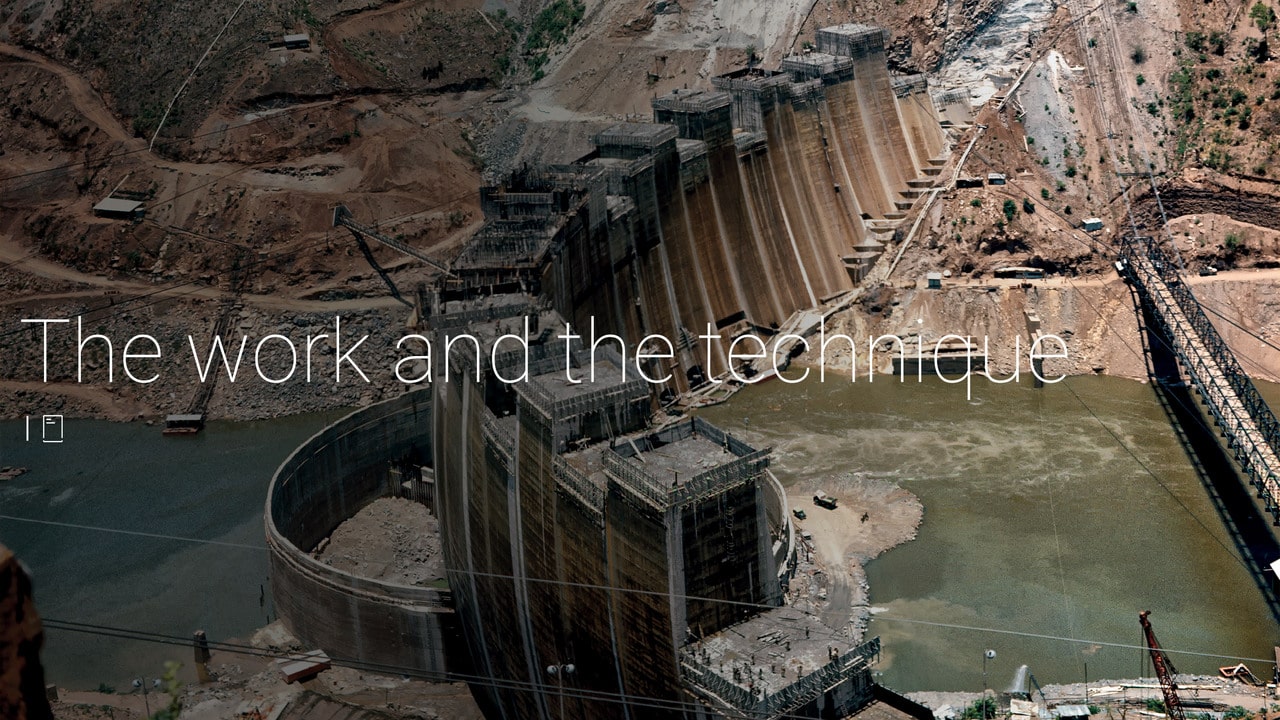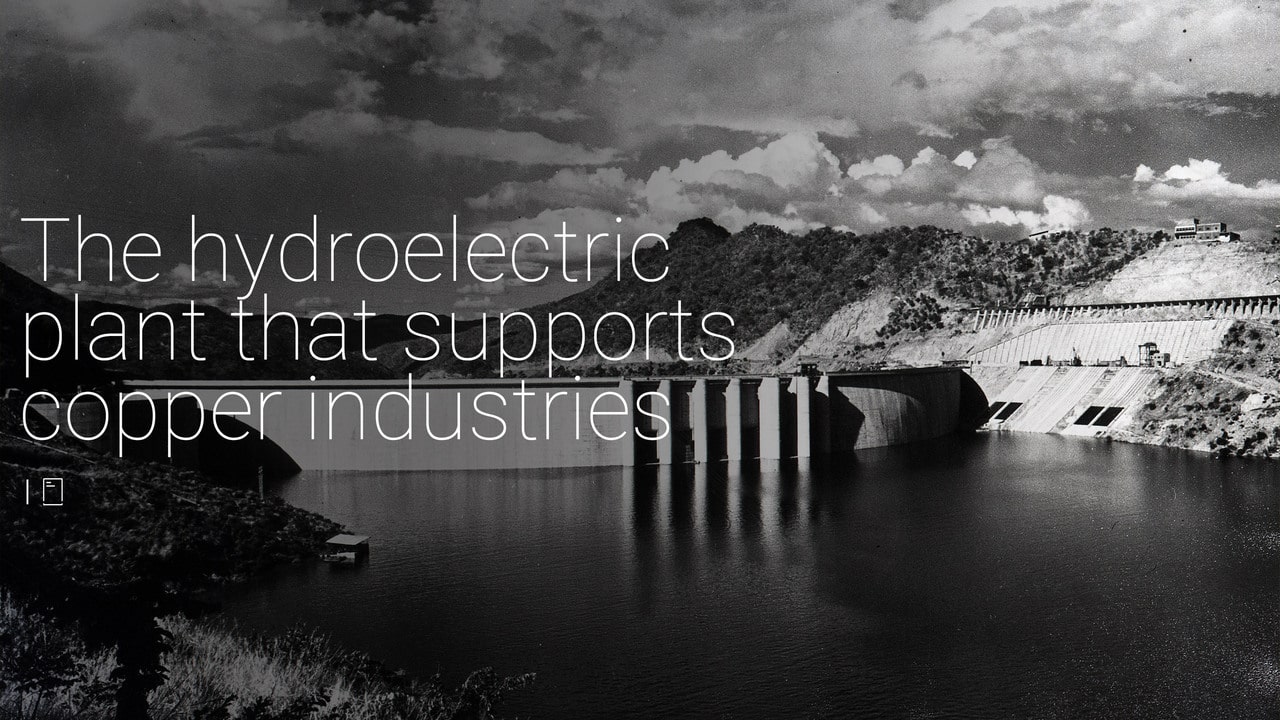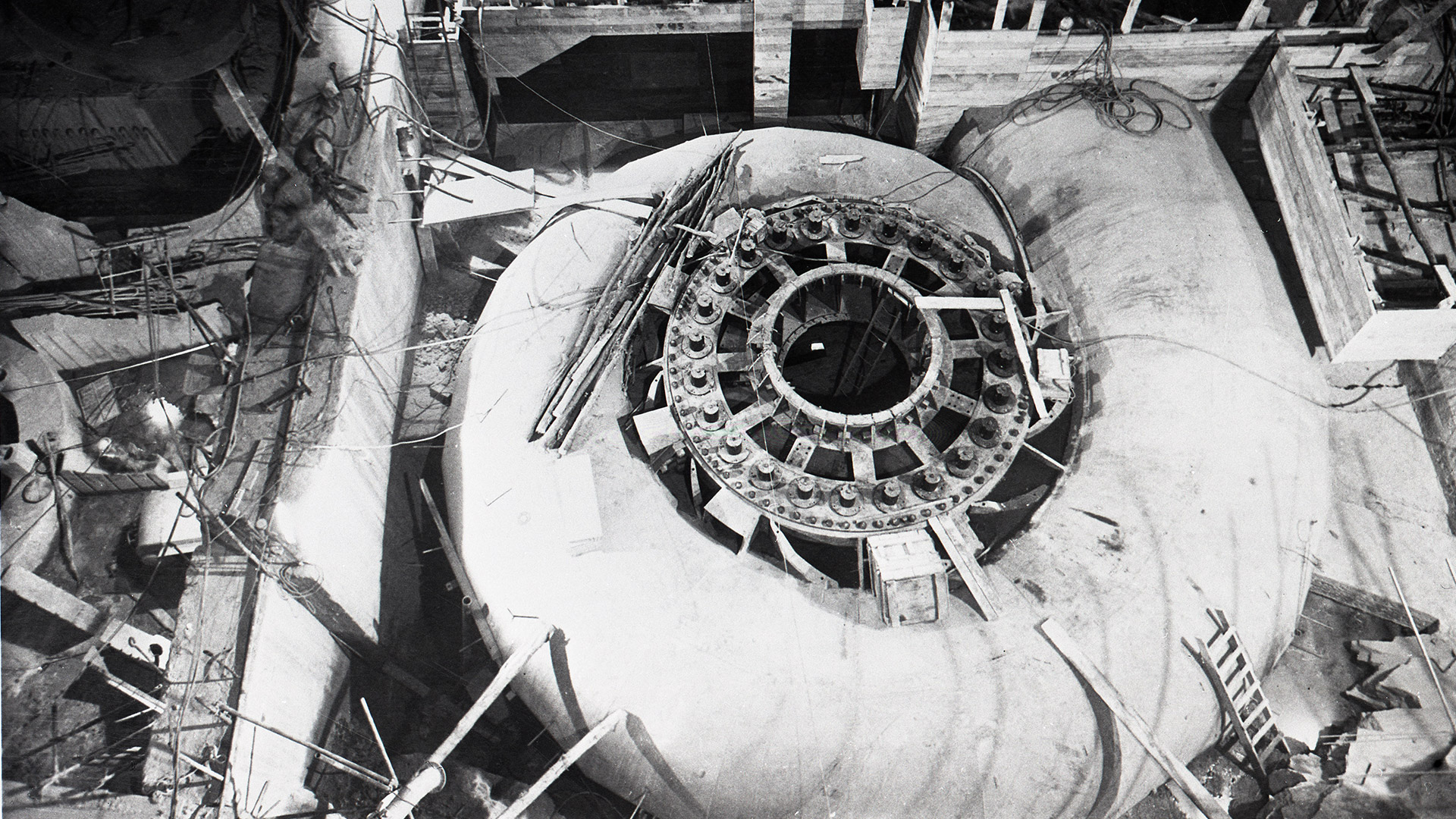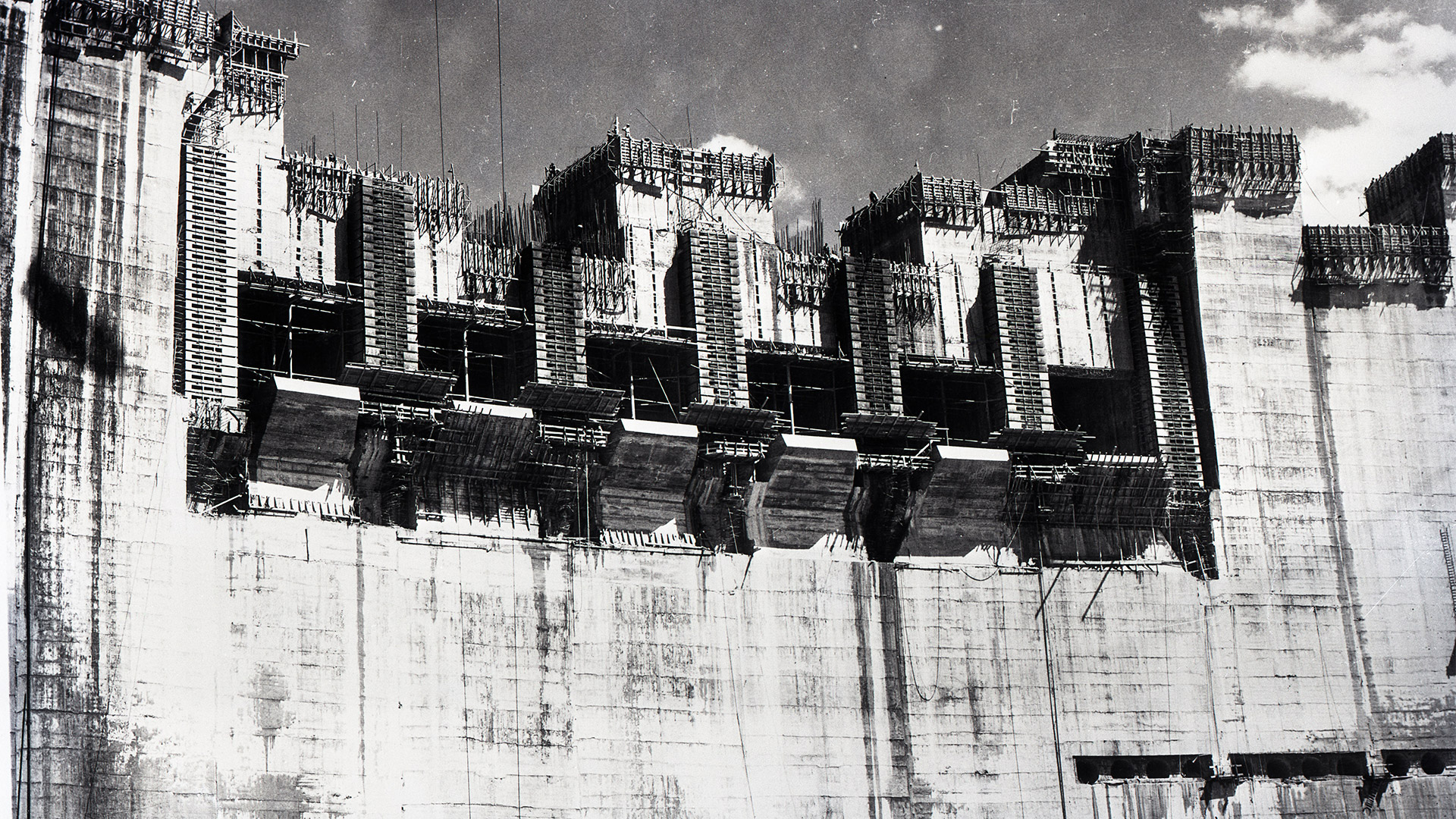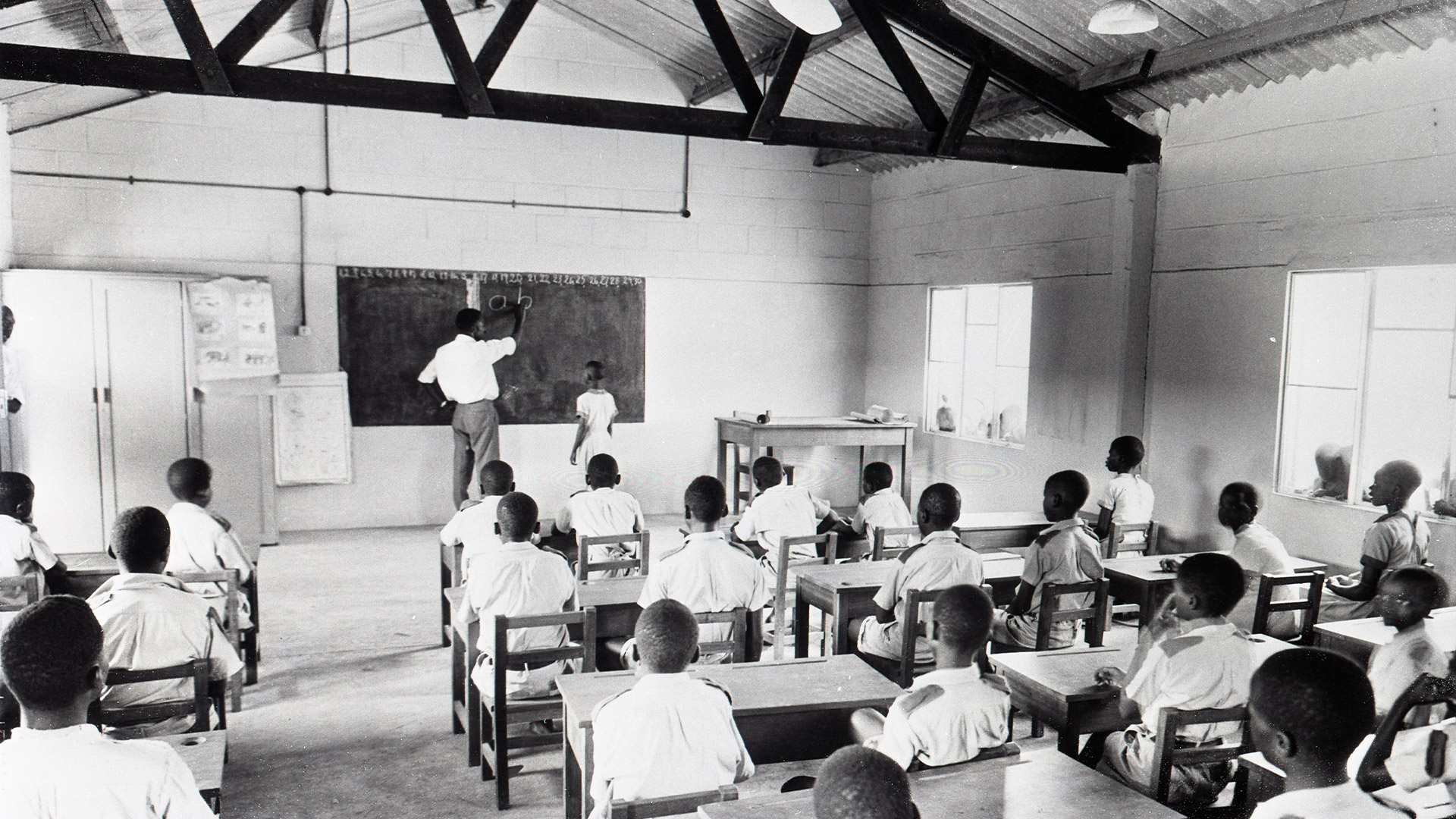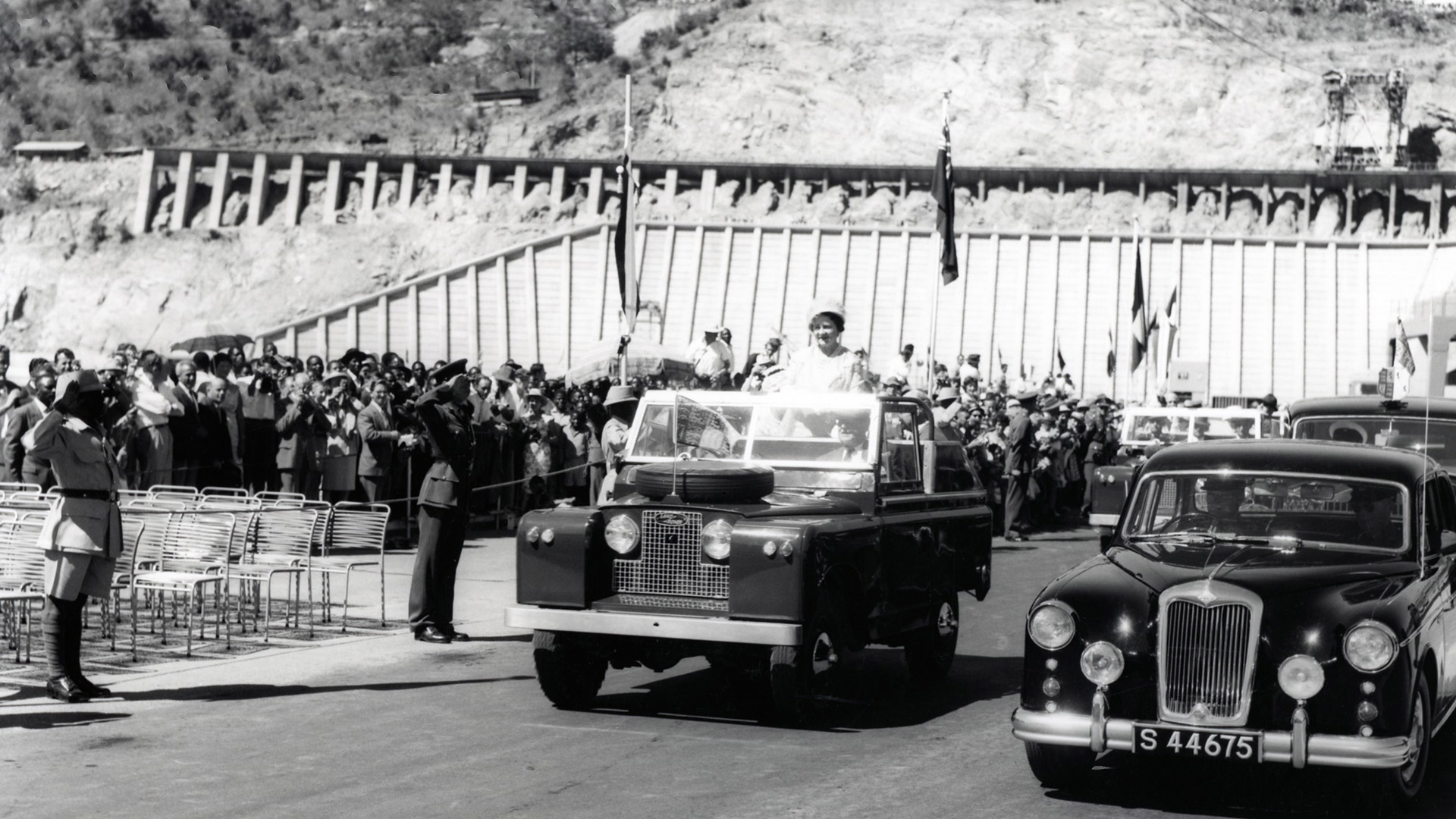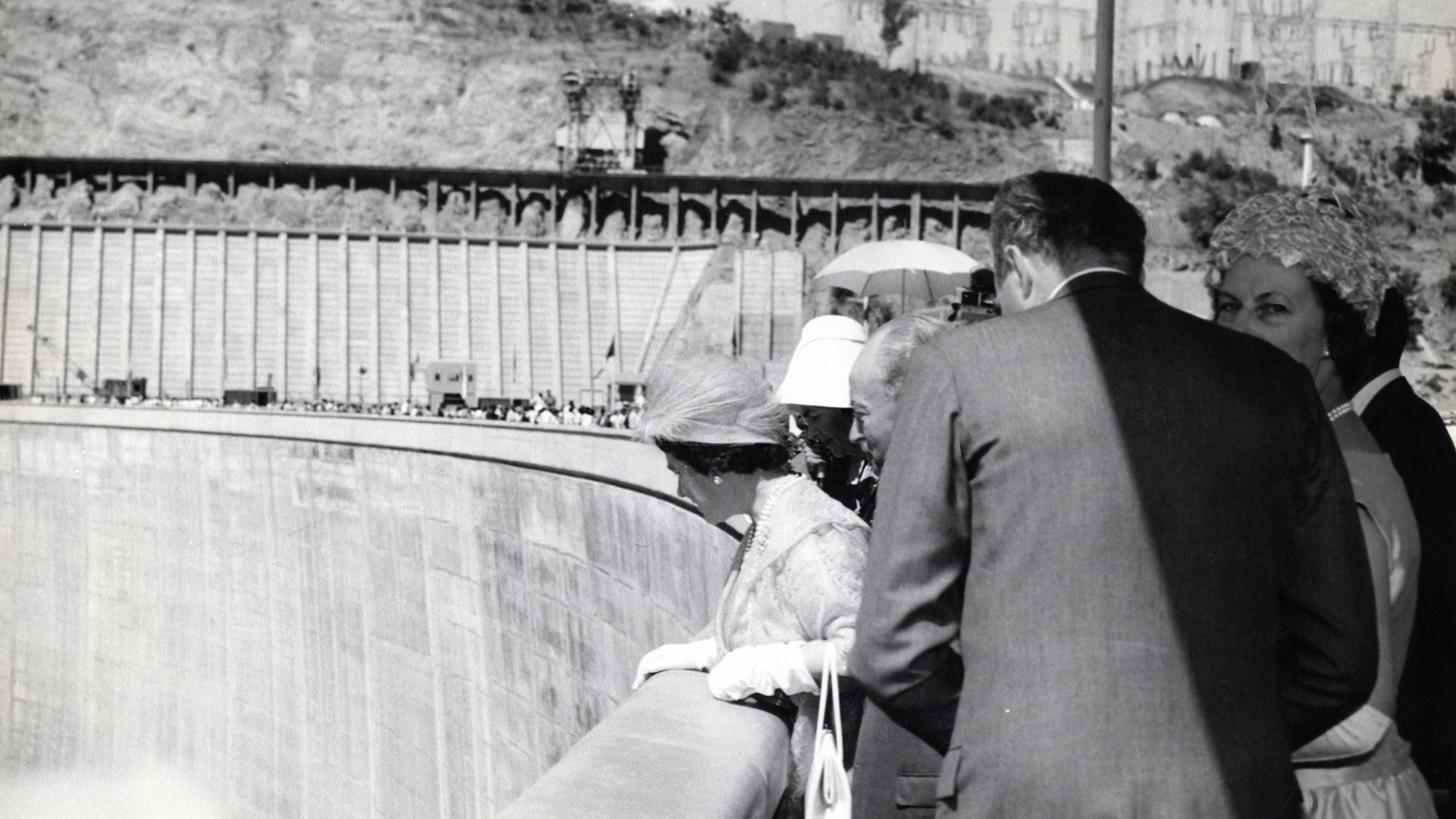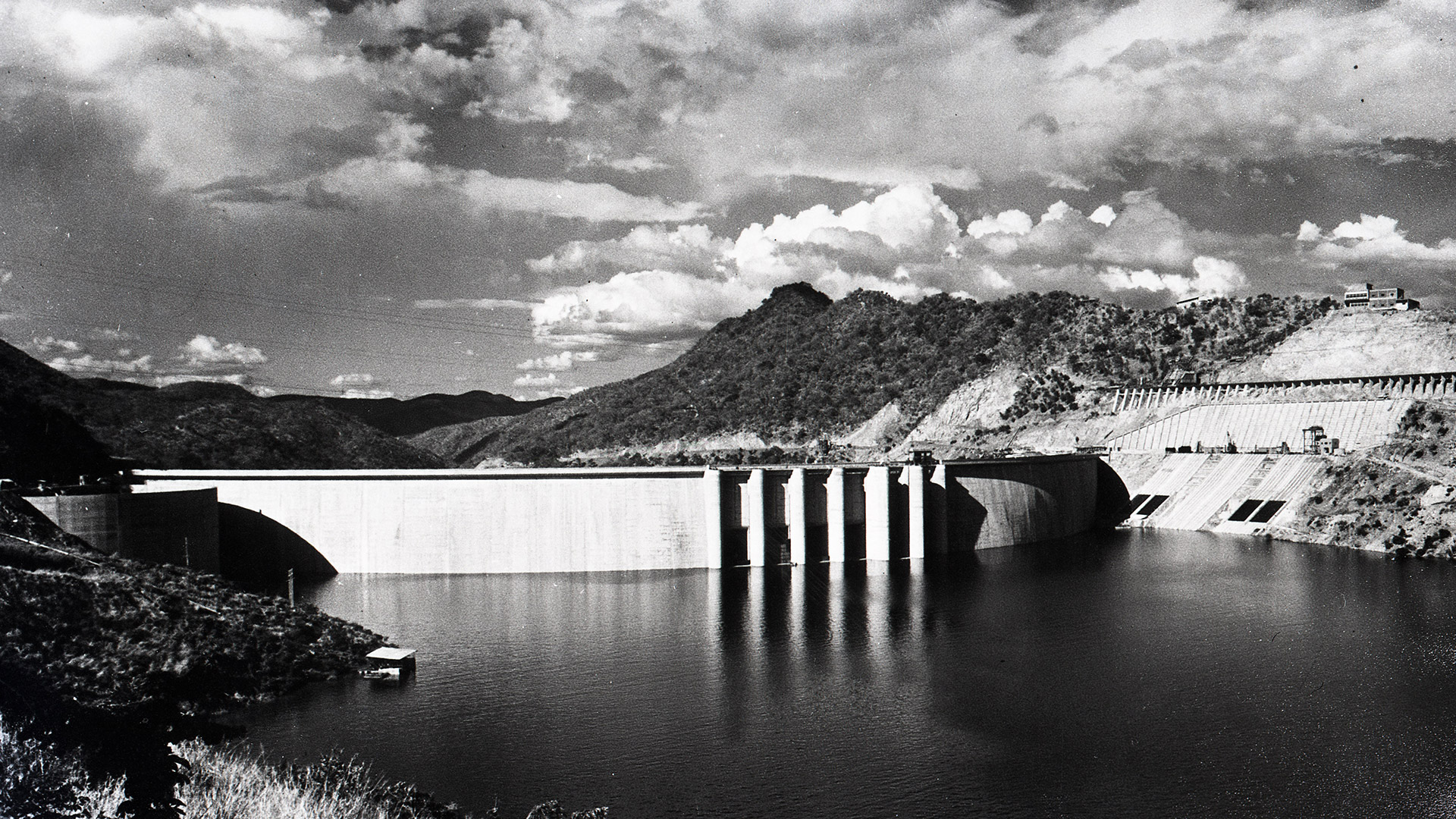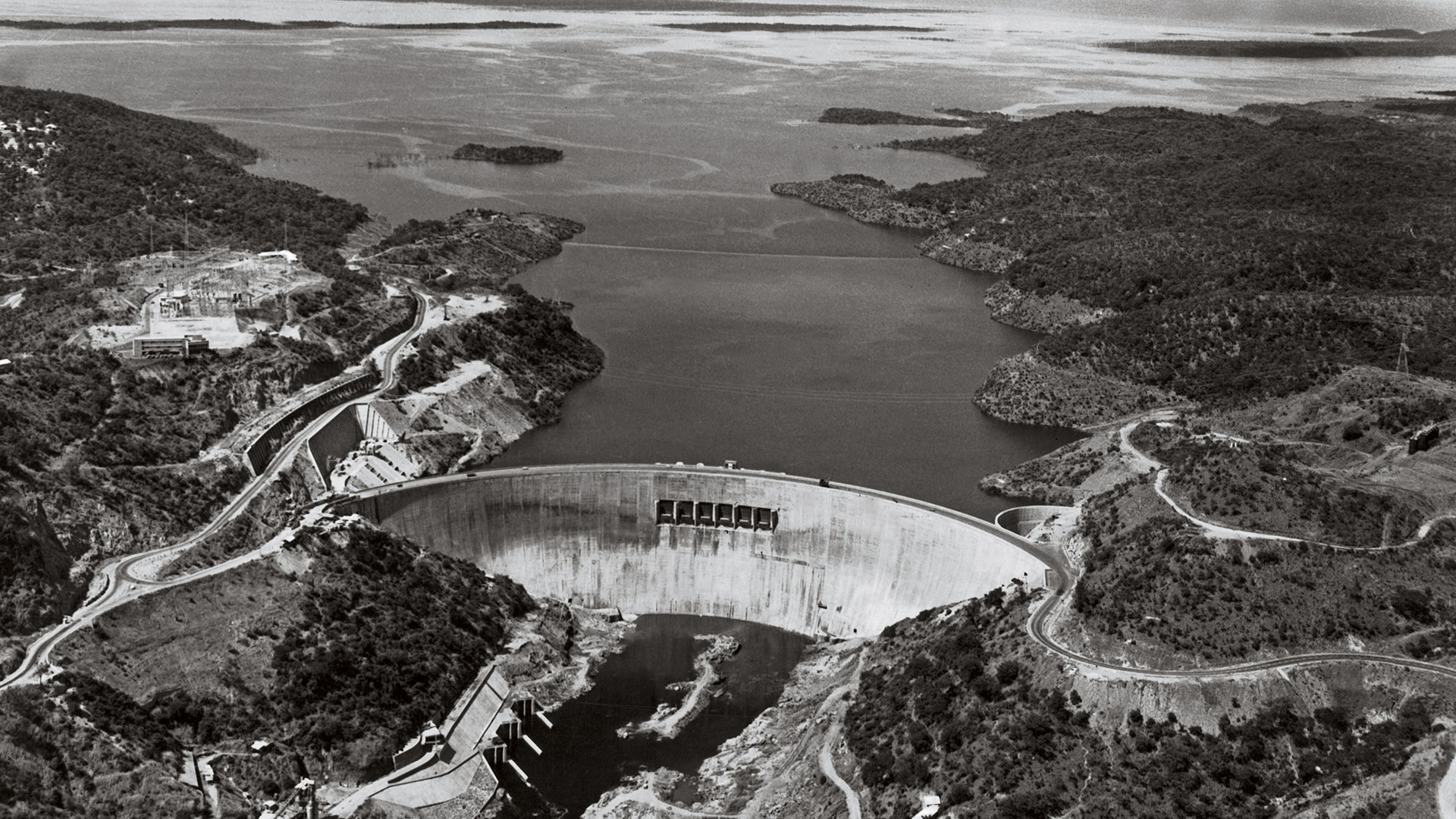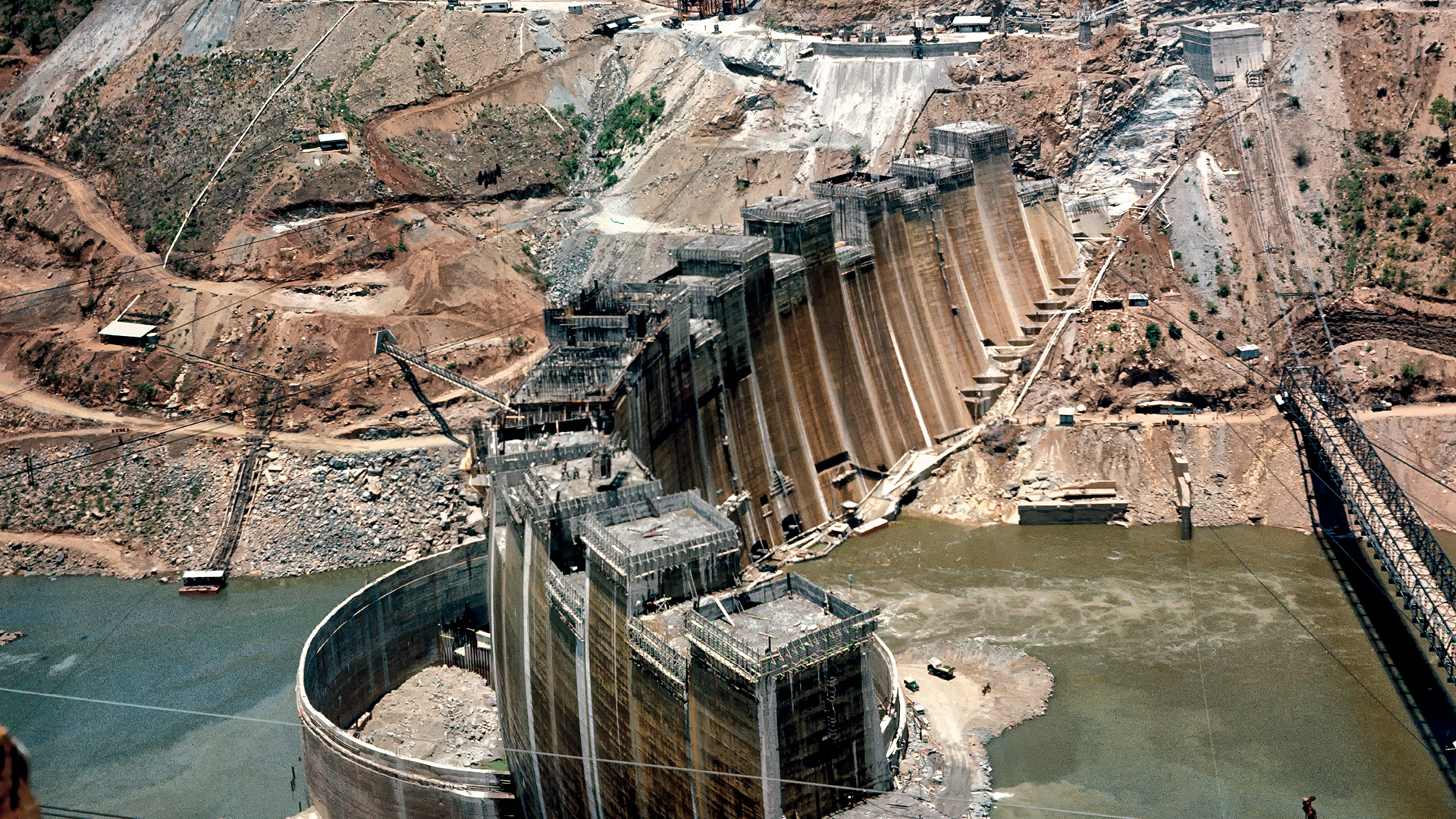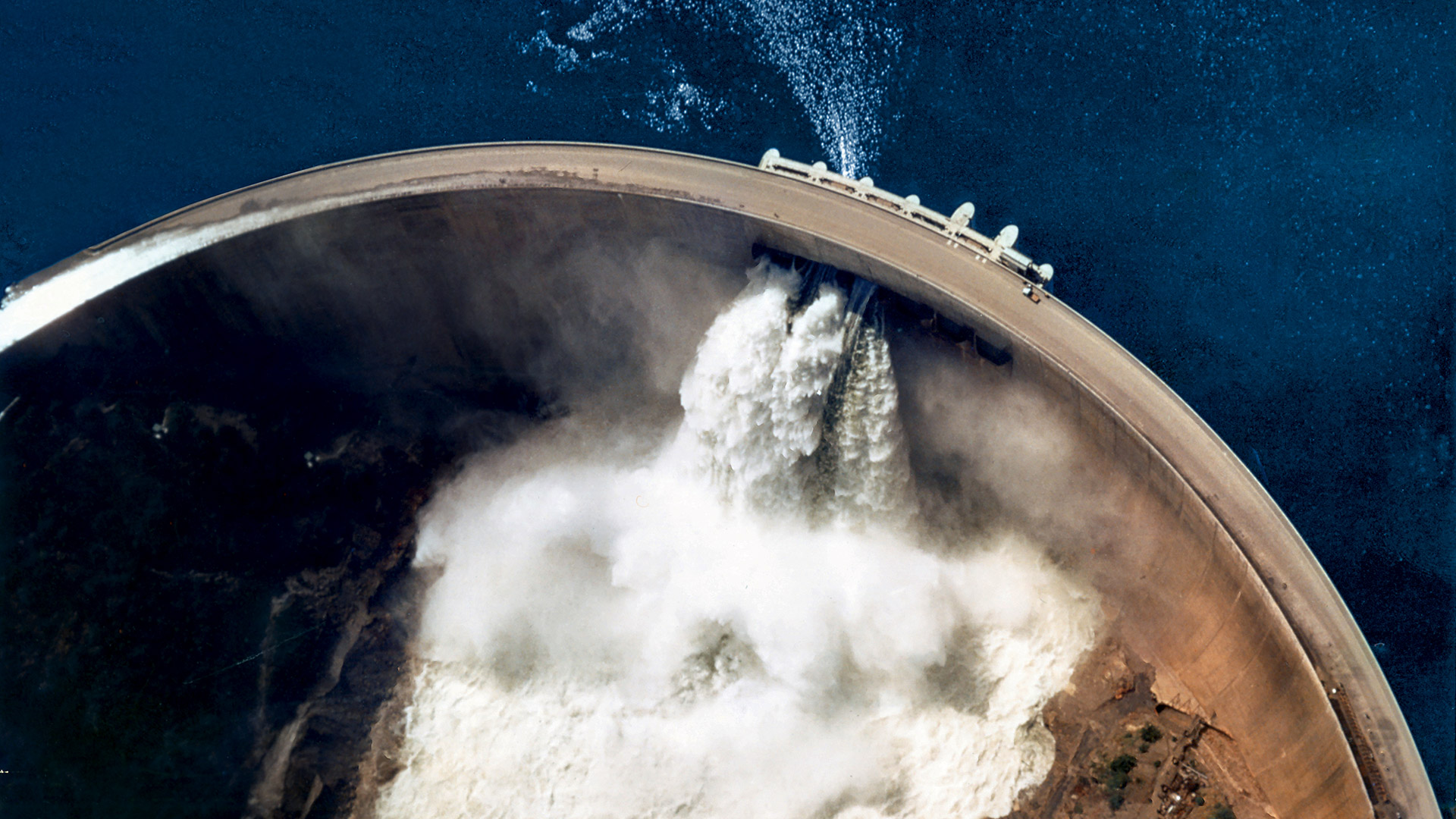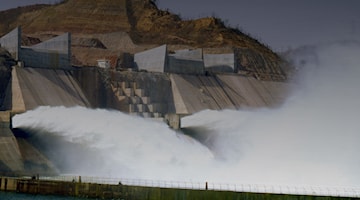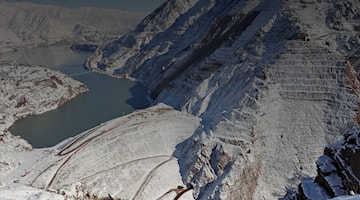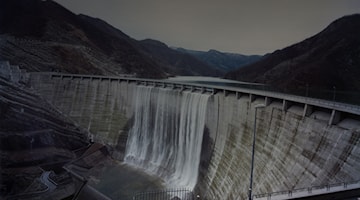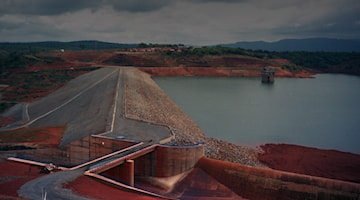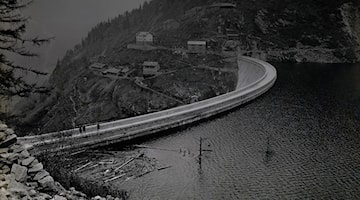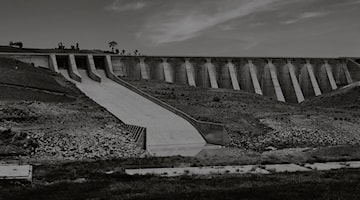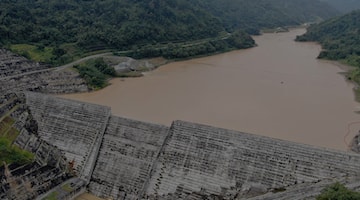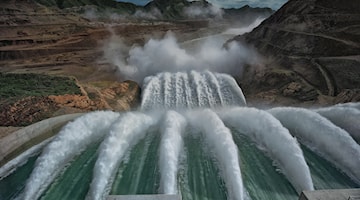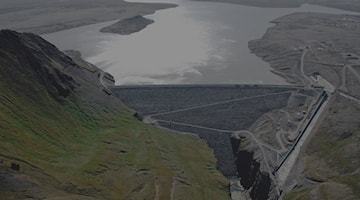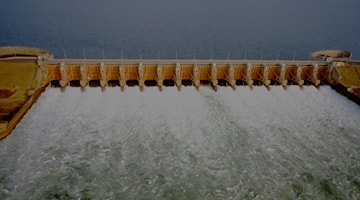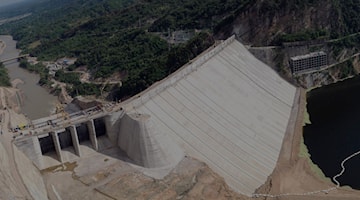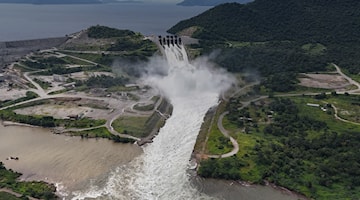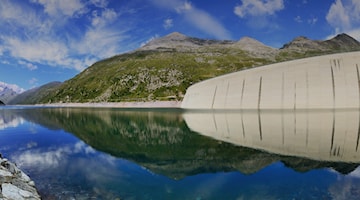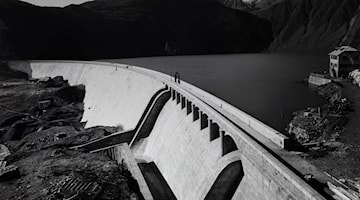A place where the sky seems upside down
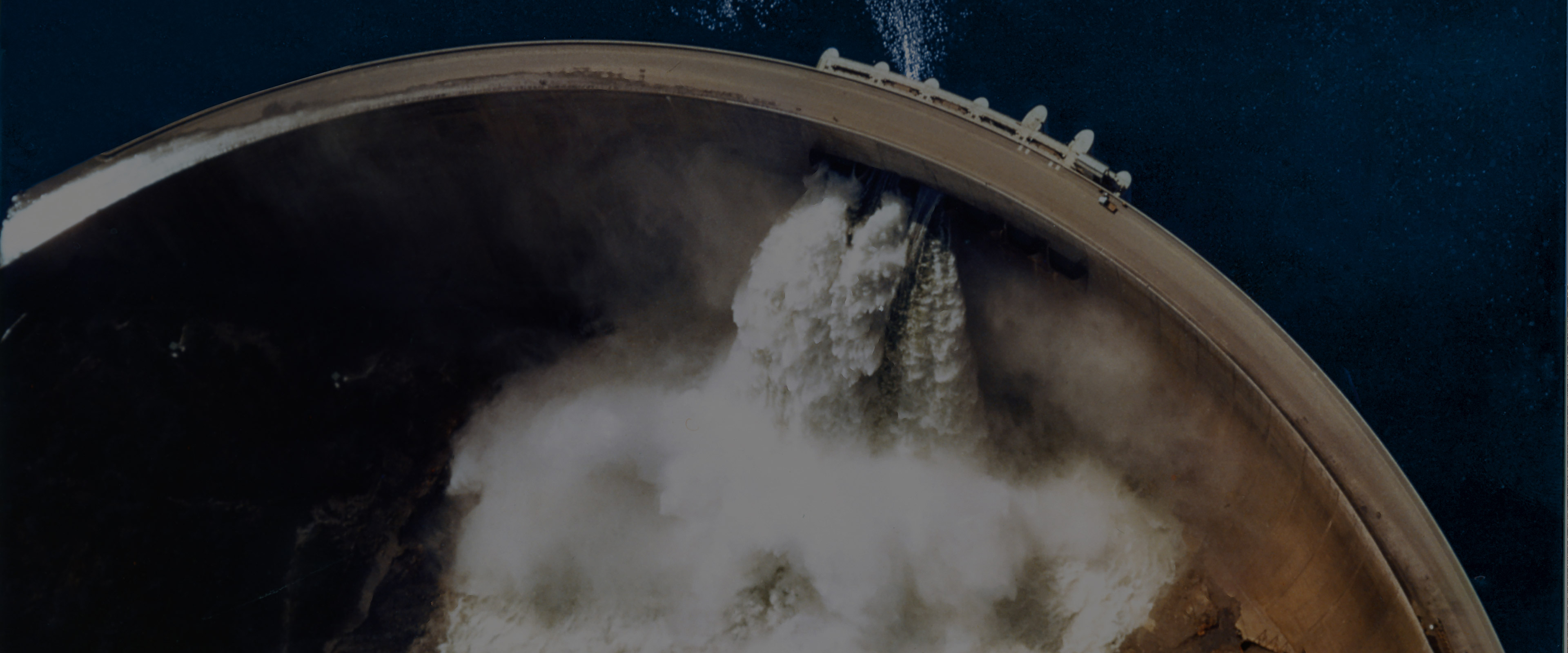
When WW2 ended, the end of the largest empire in history began: 37 million km2 at its greatest (the whole of Africa measures approximately 30.4 million km2). This was the British Empire. To stop the decline of the Sub-Saharan continent, it created, in 1953, the Central African Federation, merging the three colonies crossed by the Zambesi River: Northern Rhodesia (Zambia), Southern Rhodesia (Zimbabwe) and Nyasaland (Malawi).
To exploit the enormous energy potential, meeting mining needs and for attracting investments, an extremely significant project was built: the Kariba hydroelectric plant. It was the first project in Africa that was financed by the World Bank. Works began in 1956 and it was inaugurated on May 17, 1960 by Queen Elisabeth, the Queen Mother (the mother of Elisabeth II).
The Kariba plant consists in a double arch concrete dam that is 128 metres high, with a spillway and underground works that include a powerhouse, transformer hall and surge chambers.
With a capacity of 185,000 cubic meters, a length of 280 km, and a width (maximum) of 30 km, it is the largest reservoir to date on the entire planet: it surpassed the previous record by four times. With 975 thousand cubic metres of concrete, the dam closes the Kariba gorge, which squeezes the Zambezi between two mountain ranges: an area that local tradition has always associated with danger, fear, and the legend of the river god, "who inviolably hovered sinisterly over the primitive life of the place."
Down there, at the bottom, "where the sky seems upside down in an expanse of still water, behind the jungle," more than 10,000 workers, half local and half European, managed to tame the swirling waters of Africa's fourth-longest river, stemming the damage from the most devastating flood in its history, which occurred when construction works were being carried out, in the spring of 1958.
Besides producing electricity equal to 6,400 GWh/year, the artificial lake of Kariba became one of the main natural attractions of the area.
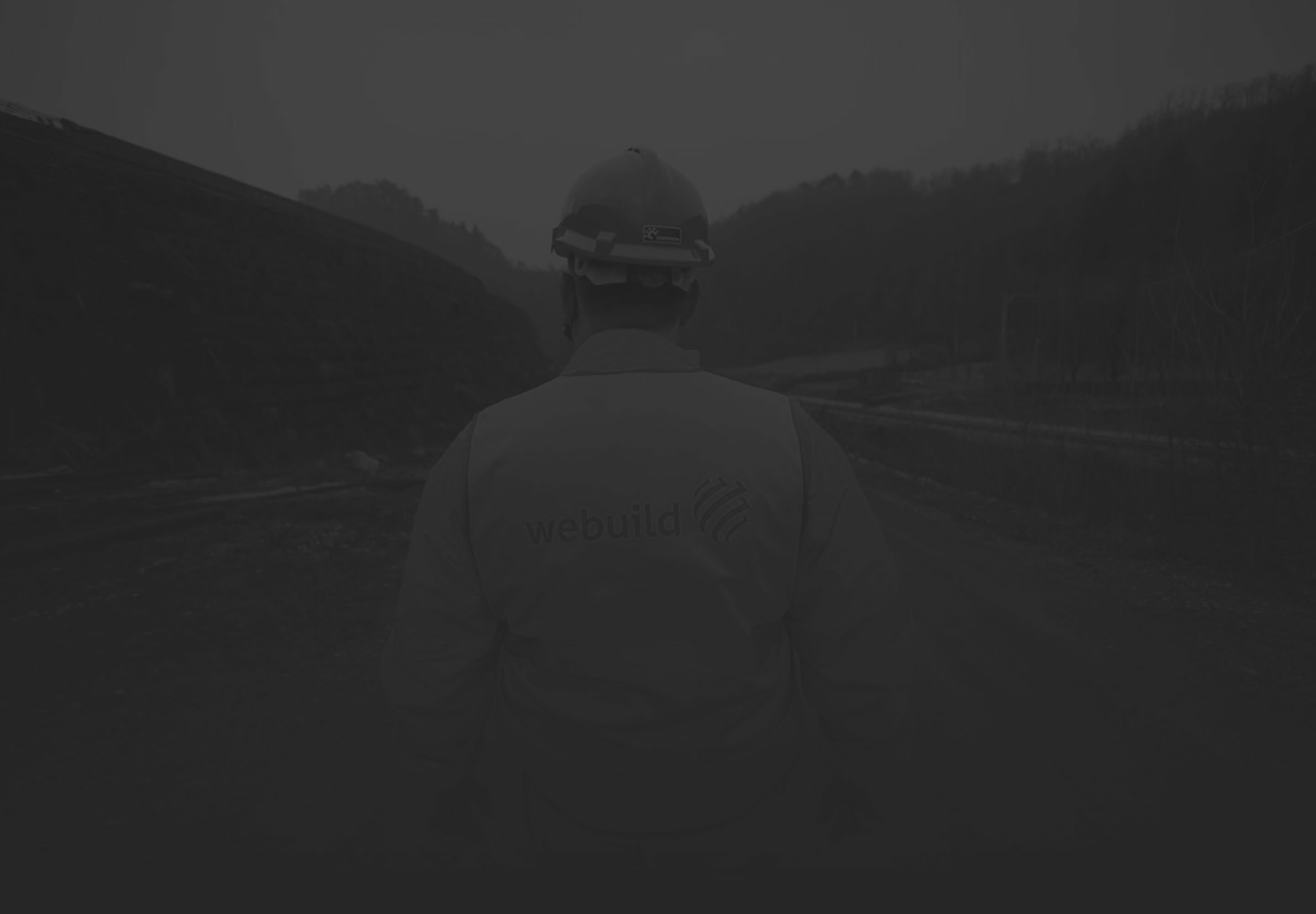
THE WORK AND THE TECNIQUE
METERS HEIGHT
MILIONS M3 RESERVOIR CAPACITY
M3 CONCRETE VOLUME OF THE DAM
M3 CENTRAL CONCRETE VOLUME
M3 UNDERGROUND CONCRETE VOLUME
M3 TOTAL CONCRETE VOLUME
Federal Power Board of Rhodesia and Nyasaland
Impresa Umberto Girola and Impresa Ing. Lodigiani (both merged into the group now called Webuild), Imprese italiane all’estero, Impresa Ing. Giuseppe Torno.
In July 1956, a contract was awarded for the construction of the dam on the Zambezi River, the pipelines for water adduction to the power plant, the hydroelectric power plant, and the tunnels for unloading and returning water to the river.

CULTURAL INSIGHTS


A Kariba passa
un gran fiume
(Ettore Angioletti Sardi, 1960)
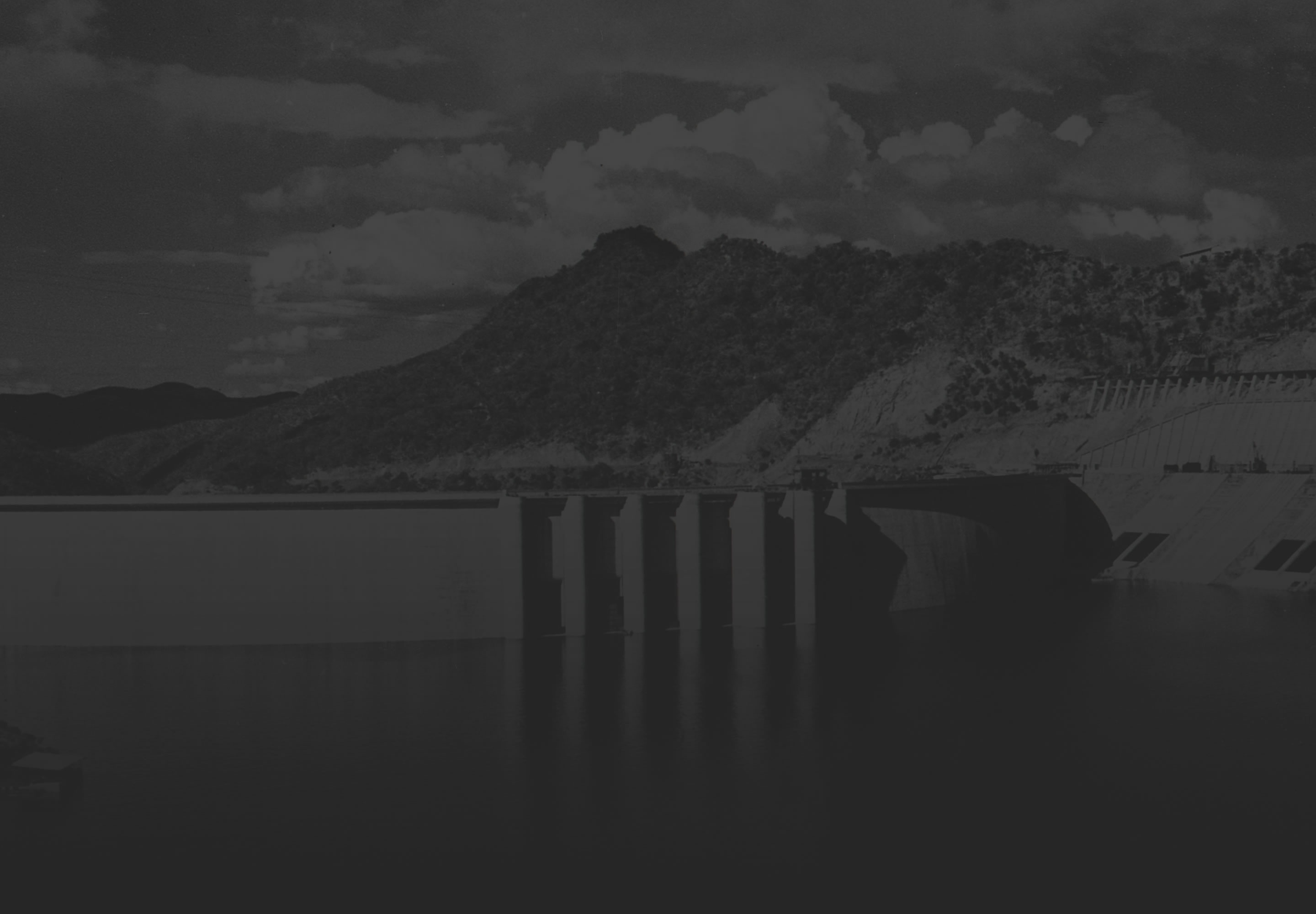
The hydroelectric plant that supports copper industries
The Kariba Dam resulted in the formation of the lake of the same name, which, with an area of nearly 5,300 square kilometers, has become a good fishing basin, fuelling a fairly important economic activity that has provided supplementary income for the riparian population.
For the most part, the power plant serves the local copper refining industries, which could only be developed because of the presence of the dam, since metallurgical processing is notoriously energy intensive.
In this sense, the employment impact of the mining and steel plants, which employ thousands of people, was contingent on the availability of electricity as an enabling factor of the production settlement.
This is a matter of paramount importance for economic development, as Africa's electricity demand in 2018 was 700 terawatt hours (TWh), with the North African and South African economies aggregating more than 70 percent of the total.
However, it is estimated that it will be sub-Saharan and Central African countries that will experience the fastest growth until 2040, in an area where electricity access in 2020 still had very low values (51.1 percent in Zambia, 62 percent in Zimbabwe).
For this reason, electricity demand is expected to more than double under the stated policy scenario, exceeding 1,600 TWh in 2040.
TWh in 2040 (estimate) the electric demand in Africa and sub-Saharan and central Africa






